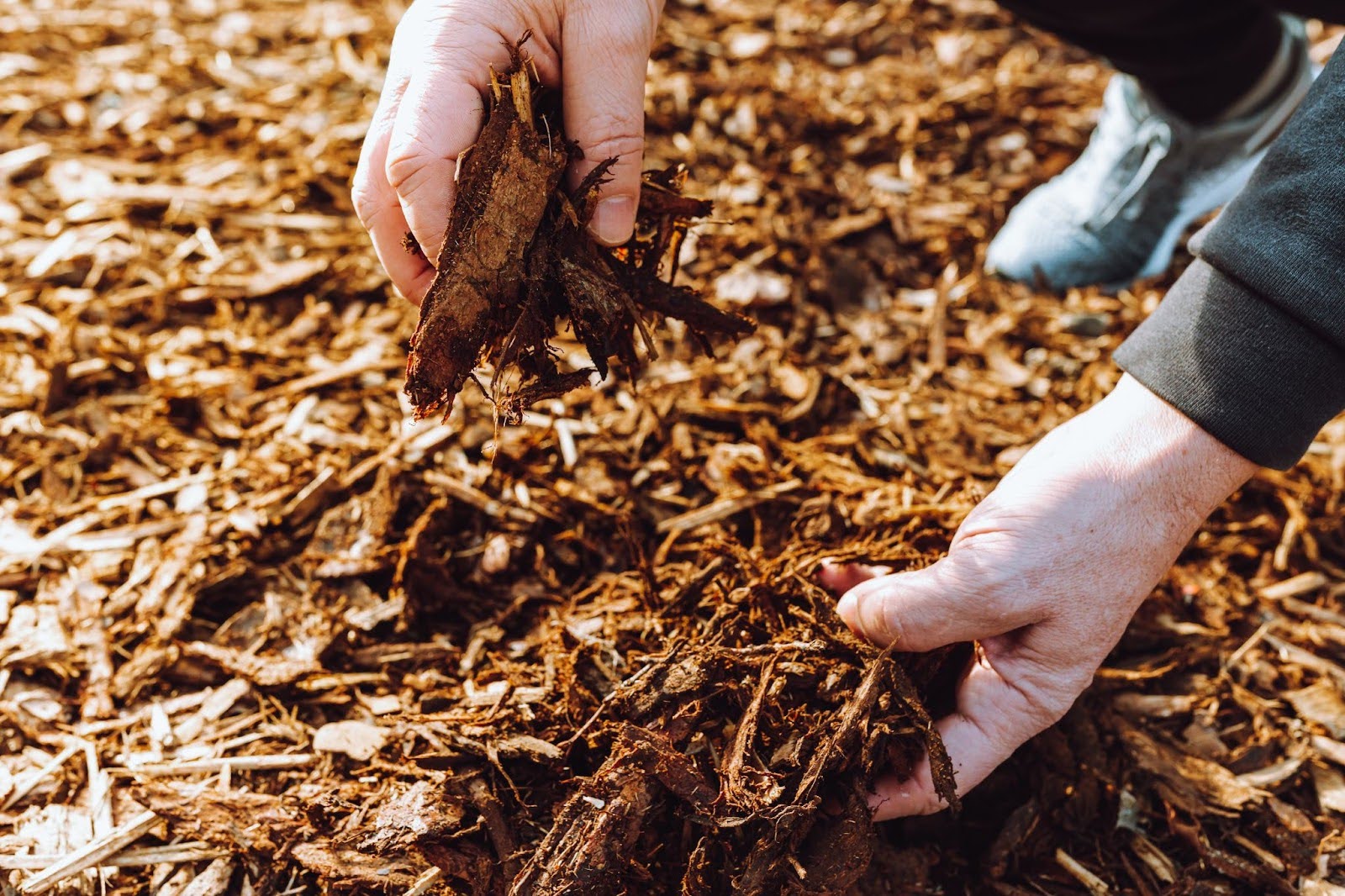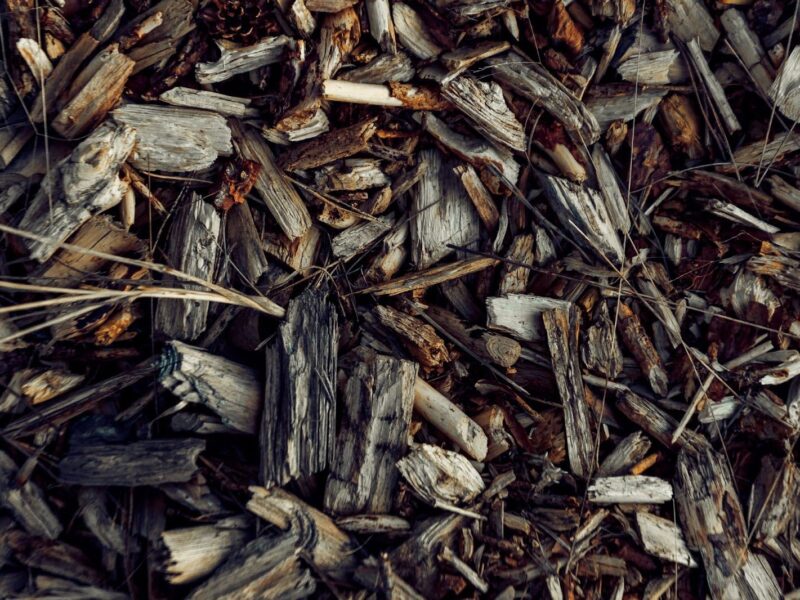
Is Mulching Better Than Mowing?
Maintaining a healthy, vibrant lawn or garden isn’t just about keeping it neat, it’s about supporting soil health, conserving water, and promoting long-term plant growth. Homeowners and landscapers often wonder: is mulching better than mowing?
At SoilWorx, we know that both practices play important roles in garden care, but they serve very different purposes. While mowing keeps your lawn looking tidy, mulching nourishes the soil, retains moisture, and helps your plants thrive. In this guide, we’ll explore the benefits of mulching, the role of mowing, and provide a side-by-side comparison to help you make the best choice for your garden.
Why Mulching Works
Mulching involves covering your soil with organic or inorganic materials like wood chips, bark, straw, or recycled green waste. Unlike mowing, which only trims grass, mulching directly improves soil health and garden resilience.
Here’s a clear overview of what mulching can do for your garden:
What mulching can do
| Benefit | How Mulch Helps | Practical Tip |
| Moisture Retention | Slows evaporation and helps soil hold water | Apply a 5–10 cm layer around plants and garden beds |
| Weed Suppression | Blocks sunlight from reaching weed seeds | Replenish mulch every season for best results |
| Soil Enrichment | Organic mulch breaks down, adding nutrients | Choose hardwood chips or composted green waste for long-term benefits |
| Temperature Regulation | Keeps soil cooler in summer and warmer in winter | Spread mulch evenly around roots to protect plants |
| Aesthetic Appeal | Creates a polished, landscaped look | Pair different mulch types for color and texture |
| Low Maintenance | Reduces time spent watering and weeding | Top up mulch instead of frequent mowing or watering |
Guide for Mowing
Mowing involves regularly trimming grass to maintain a neat, healthy lawn. Unlike mulching, which improves soil health, mowing focuses on controlling grass growth and keeping your lawn visually appealing.
Here’s a clear overview of what mowing can do for your lawn:
What mowing can do
| Benefit | How Mowing Helps | Practical Tip |
| Grass Health | Encourages denser, stronger grass by stimulating growth | Mow regularly, keeping blades sharp for a clean cut |
| Weed Control | Prevents some weeds from flowering and spreading seeds | Maintain a consistent mowing schedule to limit weed growth |
| Pest Management | Reduces habitat for pests that thrive in overgrown grass | Avoid cutting too short; leave at least one-third of blade height |
| Aesthetic Appeal | Creates a neat, uniform lawn appearance | Alternate mowing directions to prevent uneven growth |
| Sunlight Distribution | Ensures even sunlight reaches all parts of the lawn | Change mowing patterns weekly for uniform growth |
| Low Maintenance | Keeps lawn manageable and prevents overgrowth | Combine mowing with leaving clippings as natural fertilizer |
Mulching vs. Mowing: Which Is Best for Your Garden?
Both mulching and mowing play important roles in garden and lawn care, but they serve different purposes. Here’s a clear comparison to help you understand their benefits:
| Benefit | Mulching | Mowing | Practical Tip |
| Moisture Retention | Slows evaporation and helps soil hold water | Minimal effect on soil moisture | Apply a 5–10 cm layer of mulch around plants for best results |
| Weed Control | Blocks sunlight from reaching weed seeds | Prevents some weeds from flowering | Replenish mulch each season and maintain a consistent mowing schedule |
| Soil Enrichment | Organic mulch breaks down, adding nutrients | Limited benefit unless clippings are left as mulch | Use hardwood chips or composted green waste for long-term soil health |
| Temperature Regulation | Keeps soil cooler in summer and warmer in winter | No effect | Spread mulch evenly around the roots to protect plants |
| Grass/Lawn Health | Supports plant growth indirectly | Encourages denser, stronger grass | Mow regularly with sharp blades for a clean cut |
| Pest Management | Reduces pests by improving soil health | Reduces pests hiding in overgrown grass | Avoid cutting too short; leave at least one-third of blade height |
| Aesthetic Appeal | Creates a polished, landscaped look | Keeps lawn neat and uniform | Combine mulch types for color/texture and mow in alternating patterns |
| Low Maintenance | Reduces time spent watering and weeding | Requires regular mowing | Top up mulch and use clippings as natural fertilizer to reduce work |

Choosing the Right Mulch from Reliable Mulch Suppliers
Not all mulch is the same. Organic mulches like hardwood chips, pine bark, or straw are excellent for enriching soil, while inorganic options such as gravel or rubber can help with drainage and pathways. Working with trusted mulch suppliers ensures you get the right type for your garden needs.
At SoilWorx, we provide premium mulch for all garden types, residential, commercial, and landscaping projects. Our experts can guide you on the best mulch selection and application techniques to keep your garden thriving.
Final Thoughts
If you’re looking for a way to reduce maintenance, improve soil health, and create a beautiful garden, mulching is the clear winner. While mowing keeps your lawn tidy, mulching nourishes the soil, retains moisture, and supports long-term garden growth. For top-quality mulch and advice from trusted mulch suppliers, trust SoilWorx to help your garden flourish all year round.





